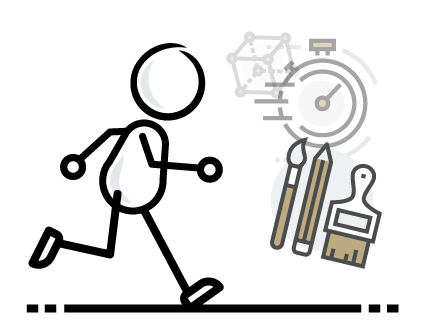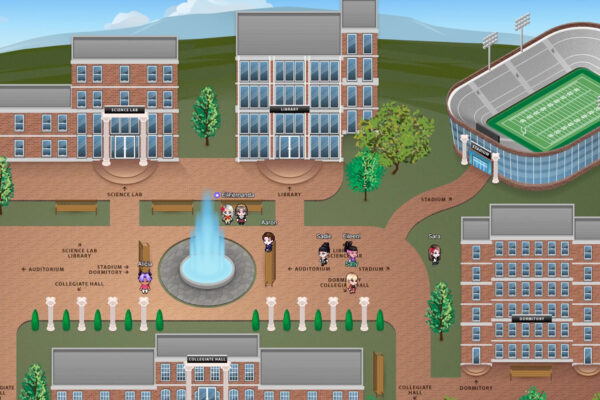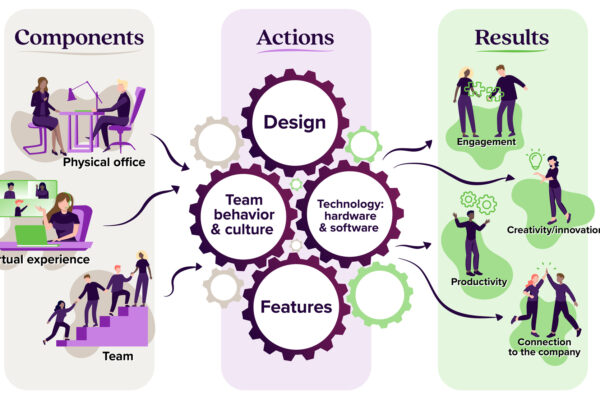
The 12 day website
Last week, we published a website for Prosperity LMS by Ziiva, one of our clients. We created this website, from start to finish, in 12 days. We wrote the words, designed the look, and made it all happen.
The starting point was the client’s old website, which they did not like. They did not like the words. They did not like the look. It wasn’t working. We agreed with them. And they needed it working yesterday.
Major website updates like this can sometimes be frustratingly slow—many firms experience timelines from several months to a year, depending on the size and complexity of the website and resources available.
We did it in 2.5 weeks. This is a win for agile marketing.
What does it take to make a website in 12 days?

Agile processes
What happens when you combine a company of agile coders with a company of agile marketers? Fast results.
We didn’t necessarily speak the same language, but we worked the same way. There was no learning curve for the process—for either company.
This website is a great example of a core agile concept: the minimum viable product. We needed a website that would start generating results immediately, but it did not have to include every single page and thought in order to launch.
In fact, we started making changes within a day of launching the website. And those changes improved it. As will the next set of changes. And the next. There will also be changes because we and our client will continuously measure the results and improve the site based on our findings—another agile principle. A website should be a living project that is constantly evolving.
We launched the website knowing that it didn’t cover every possibility. Moreover, there were parts that our client wasn’t thrilled with. There were parts that we weren’t thrilled with. We fixed the most vital, and put the rest on a list for the next iteration.

The sprint
A comment from one of our team members during an internal project review was that our success “had a lot to do with the client’s urgency, and their willingness to act in response to that urgency.”
Everyone on the team mentioned how much it helped to get immediate feedback from the client. At no time did we wait two weeks for feedback on our work—it was more like two hours. Obviously, two-hour feedback isn’t always going to be possible, but the faster the feedback, the sooner the launch.
A joint sprint between client and agency (rapid feedback and rapid progress) also minimizes the time both teams have to spend getting their heads back into the project space. This enables us all to spend fewer hours accomplishing the goal—saving both time and money.
“Because everybody was working on it at the same time, we were getting immediate feedback from the client and internal reviews,” said one team member. This kept our momentum going, so that the creative energy never faded.
All of us at Uncork-it know that there is no boring topic; every person, company, or situation has a captivating story to tell. What initially seems dry to some of us becomes fascinating once we dive into it and find the storyline. However, after spending too much time on the same part of the same project, almost anything can become painful.
Agile marketing may not work for every project, but when it does, it’s amazing to watch.


